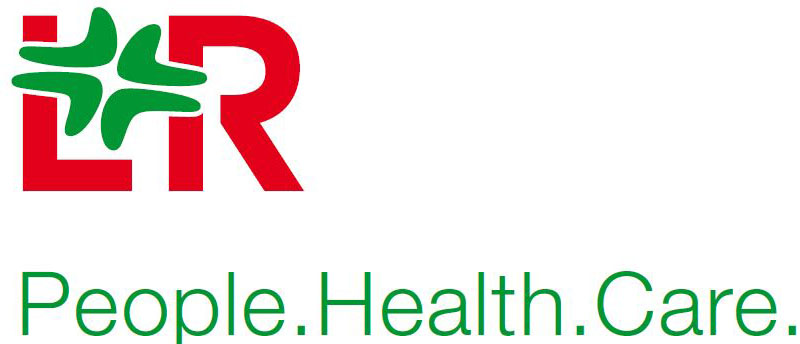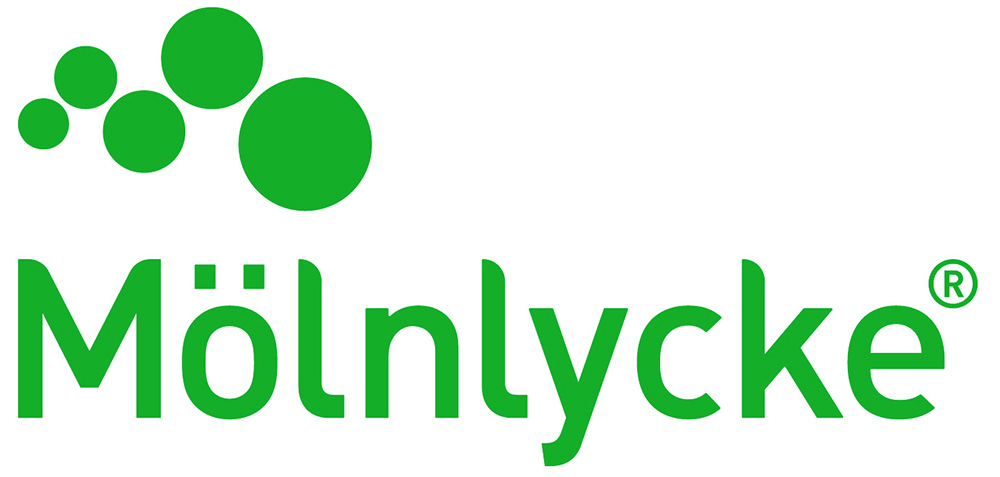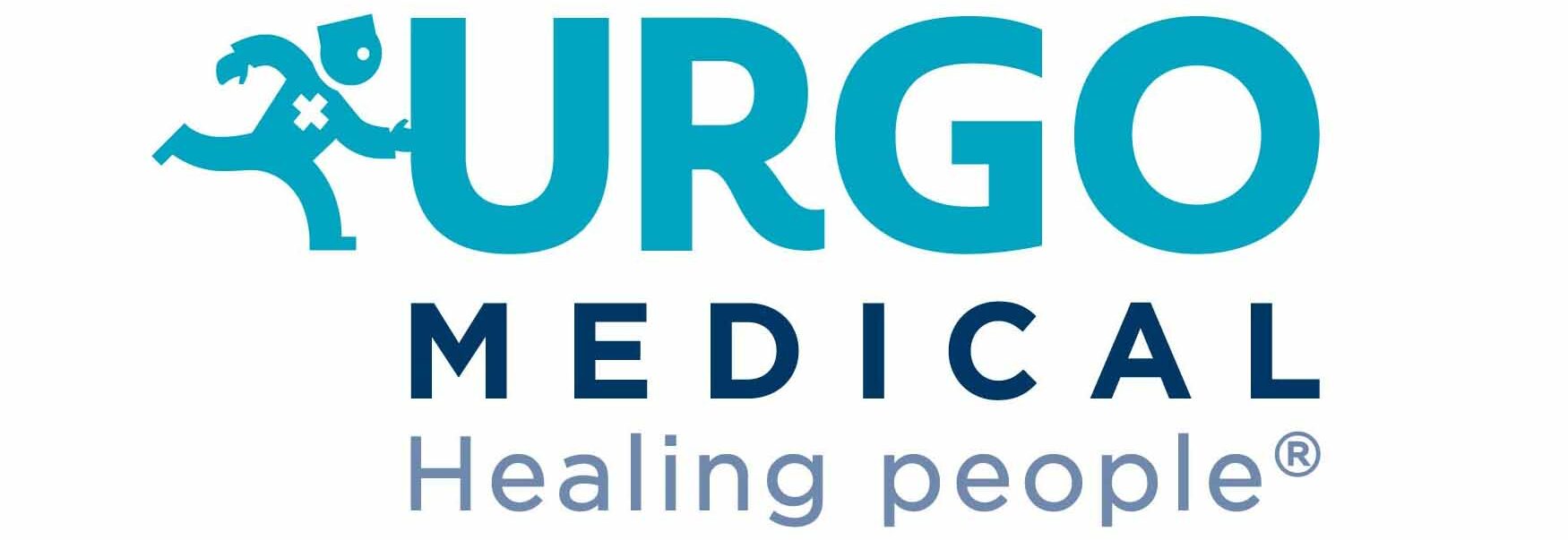Joanna Swan

Joanna qualified as an RGN in 1994 and worked on a liver unit where her interest in tissue viability (TV) began. She became a Tissue Viability Link Nurse, a role that she carried on into her job as an Intensive Care Nurse. Joanna completed a BSc (Hons) in nursing and gained a critical care outreach and acute pain management post where she further expanded her knowledge and skills working with a variety of patient groups and the multidisciplinary team in a large university hospital.
She became a Tissue Viability specialist nurse in 2006 and, subsequently the Lead Tissue Viability Specialist Nurse in 2008. Jo went on to complete an MSc in Wound Healing and Tissue Repair from the University of Cardiff in 2018 and also became a Tissue Viability Society trustee.
Since 2020 she has been the senior lecturer for Tissue Viability at Birmingham City University.
Jo commenced her part-time Professional Doctorate in Health in 2023 wishing to explore the role of generalist nurses in wound assessment and wound management.
Her particular interests are in prevention and management of pressure ulcers, surgical site infection and a passion for the art of nursing.
Presentation at The Society of Tissue Viability 2025 Conference
Understanding wound debridement: assessment and methods for effective practice
Key messages
This session is aimed at all healthcare professionals involved in wound management wishing to enhance their understanding of wound debridement.
By the end of the session delegates should be able to:
- Identify the clinical indicators for wound debridement
- Evaluate specific patient factors to determine the appropriateness and safety of debridement interventions
- Compare and contrast the various debridement methods—autolytic, enzymatic, mechanical, biological, and sharp
Abstract
Wound debridment is a critical component in wound management aimed at removing barriers to healing. It is essential that healthcare professionals involved in any wound care understand the clinical indicators, patient and environmental factors when assessing and deciding on a method of debridement.
This session will explore the key factors for assessment for debridement and for considering a method of debridment. Methods of debridement will be identified with advantages and limitations for each based on wound characteristics, patient needs and the care setting.
Workshop at The Society of Tissue Viability 2023 Conference
Different debriding techniques – practical workshop
Objectives
After attending this session, persons will be able to:
- Describe techniques for debriding wounds
- Demonstrate with some case studies the benefits of debriding a wound
- Understand the contraindications to some debridement methods
Abstract
Debridement techniques have been reported as far back as 2000 BC, and have developed considerably over the years, with some very complex methods used in clinical practice today.
Patients today have increasingly complex needs. The importance of debriding a wound to remove devitalised tissue and disrupt biofilms to encourage wound healing and improve outcomes cannot be overstated.
During the workshop there will be an opportunity to try out some of the techniques discussed on improvised models.
This session is an introduction and will not give you the necessary competence to use all debridement techniques.














